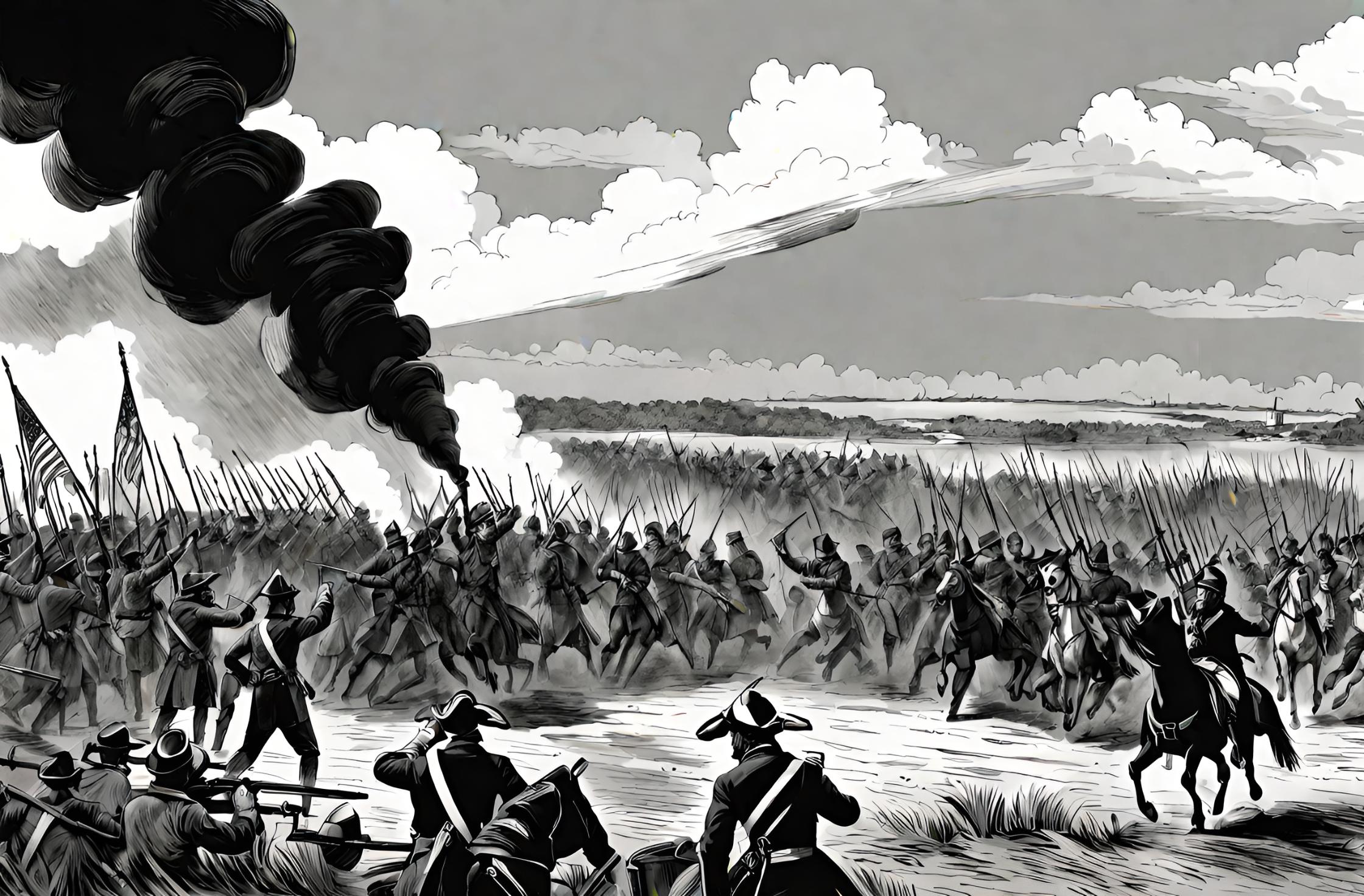Flashback to June 18
American History

On June 18, 1980, a significant astronomical event happened when E Bowell, an American astronomer, discovered asteroid #2569 Madeline. This asteroid, named after Madeline Snyder, a family friend of the discoverer, has since gained attention from the scientific community due to its unique characteristics and potential implications for our understanding of the cosmos.
The discovery of asteroid #2569 Madeline by E Bowell was a pivotal moment in the field of astronomy. This celestial body, which orbits the Sun in the asteroid belt between Mars and Jupiter, has a diameter of approximately 23 kilometers and holds great scientific value. It offers researchers an opportunity to study the composition, formation, and behavior of asteroids within our solar system.
The asteroid’s naming after Madeline Snyder demonstrates the personal aspect of scientific discoveries. It is common for astronomers to name celestial bodies after individuals who have made significant contributions to astronomy or maintain a personal connection to the discoverer. Madeline Snyder’s influence and impact on E Bowell’s life and career led to this meaningful tribute through the naming of asteroid #2569.
Studying asteroids like Madeline is crucial for scientists to gain insights into the formation and evolution of the solar system. By analyzing their composition and studying their orbits, astronomers can better understand the early stages of our universe and the processes that shaped it. The study of asteroids may also provide valuable information about the potential hazards they pose to Earth, and enable researchers to develop plans for planetary defense.
Asteroid #2569 Madeline has a unique role to play in furthering our understanding of the universe. The characteristics and composition of Madeline can provide vital clues about the history of our solar system. Scientists are particularly interested in studying the asteroid’s surface to identify any valuable resources it may possess, such as water or precious metals. This information could be essential for future space exploration and resource utilization.
Studying Madeline also contributes to the overall body of knowledge on asteroids and planetary bodies, allowing scientists to refine their theories and models. By examining its characteristics and behavior, astronomers can gain insights into the processes that shaped not only Madeline but also other asteroids in the same region of the asteroid belt. This knowledge can then be applied to similar celestial bodies throughout the solar system.
The discovery of asteroid #2569 Madeline has opened up a world of possibilities for scientific exploration and discovery. As astronomers continue to study this celestial body, they may uncover new information about the formation of asteroids, their composition, and their role in the evolution of the solar system. This knowledge can then be used to inform future space missions and contribute to our understanding of the universe.
the discovery of asteroid #2569 Madeline by E Bowell on June 18, 1980, is a significant event in the field of astronomy. This celestial body offers scientists a unique opportunity to study the composition, formation, and behavior of asteroids within our solar system. Furthermore, it contributes to our overall understanding of the universe and its history. As ongoing research and exploration continue, the study of Madeline and other celestial bodies like it will provide valuable insights into our cosmic origins and potential future endeavors.
We strive for accuracy. If you see something that doesn't look right, click here to contact us!
Sponsored Content

The War of 1812…
Experience the pivotal moment…

E Bowell discovers asteroid…
On June 18, 1980,…

Convicted murderer Ronnie Lee…
On 6/18/2010, Ronnie Lee…

After long neglect, Confederates…
After years of neglect,…

Comet Churyunov-Gerasimenko at perihelion.
Experience the breathtaking spectacle…

At Petersburg, Grant ends…
On June 18, 1864,…

